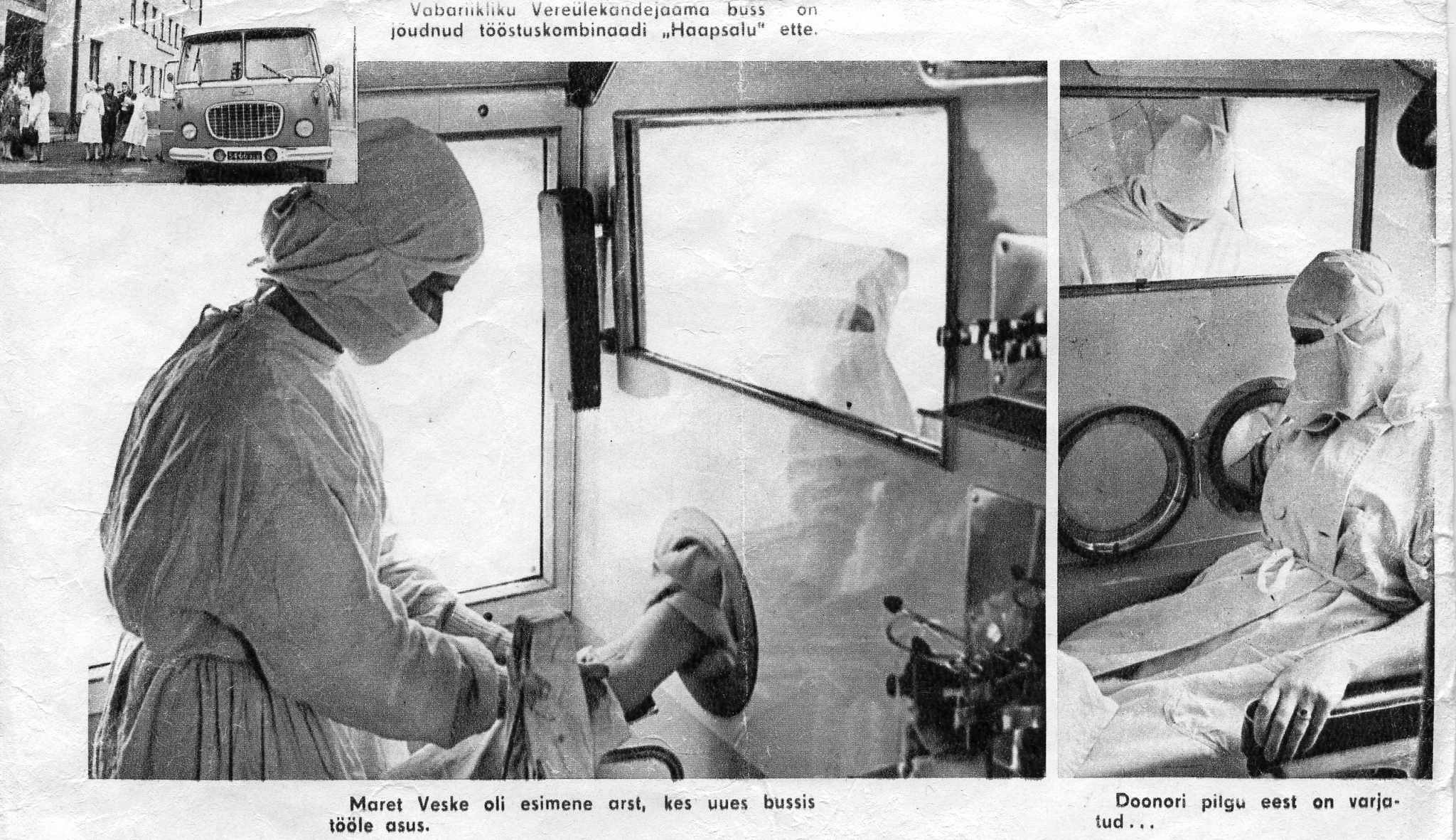History
Brief overview of the history of blood donation
Hippocrates said that drinking blood could change the mental traits of the patient. He counselled such a regimen for the mentally ill, in the hope that the patient would acquire the good qualities of the blood donor.
In Roman times, Pliny wrote about the custom of drinking the blood of gladiators killed in the arena, also for self-improvement.
Also in the Roman era, the Greek physician Galen recommended letting out bad blood and indeed bloodletting was practiced from the times of Ancient Greece until the 18th century.
In 1492,
a medicine was made from the blood of a 10-year-old boy to treat Pope Innocent VIII ,who had grown infirm. The boys died, likely from air introduced into the bloodstream, and the pope also succumbed.
In 1692,
the English anatomist William Harvey discovered how the circulatory system worked.
In 1662,
the London anatomist and physiologist Richard Lower performed a transfusion from one dog to another. SO much blood had been drawn from the dog that it developed convulsions. After the transfusion it was just as healthy as before. This was the first successful substitutive blood transfusion.
On 15 June 1667,
the French doctor of philosophy and mathematics and physician to Louis XIV, Jean-Baptiste Denis, transfused the blood of a lamb into the body of a 15-year-old boy. The boy had had a fever for a long while, and his blood had been let 20 times. But after the transfusion, his condition improved. Later, Denis used the same procedure on a number of patients, until one (Antoine Mauroy) died under unclear circumstances.
In 1670,
the unsuccessful blood transfusions led to the prohibition of blood transfusions for humans in France, Britain and Italy.
In 1818,
a professor of physiology and obstetrics James Blundell performed the first person to person blood transfusion. This proved that only the blood of another person could be used for human transfusions. He prepared an apparatus called an impellor; it remained in use into the early 20th century.
In 1900,
the Austrian physician Karl Landsteiner discovered blood types A, B and O.
In 1902,
Alfred von Decastello and Adriano Sturli added another one, AB.
In 1914-1915,
Hustin (Belgium), Agote (Argentina) and Lewisohn (USA) found that sodium citrate could prevent blood from clotting. Thanks to blood types and the anti-clotting agent, blood transfusions proved possible.
In 1926,
the Russian doctor, scientist and philosopher Alexander Bogdanov established the world’s first institute for the scientific study of blood transfusions, which still operates today.
In 1936,
the world’s first blood bank was opened at Cook County Hospital in Chicago.
In 1940,
the doctors Landsteiner and Alexander Wiener discovered the Rh factor.
May 16th 1941,
The beginning of blood transfusion service in Estonia. Dr Herman Paul Rossmann created National Blood Service Depot which is the predecessor of North Estonia Medical Centre’s Blood Centre.
In 1950,
plastic containers for blood began to be manufactured.
In 1953,
Stefanini (in the US) discovered thrombocyte antigens.
In 1956,
Grubb (in Sweden) discovered plasma protein antigens.
In 1958,
Dausset (France) discovered leukocyte antigens.
In 1960,
plastic blood transfusion systems and modern blood preservatives entered use.
In the 1970s and 1980s,
the transition to component therapy took place, instead of whole blood.
